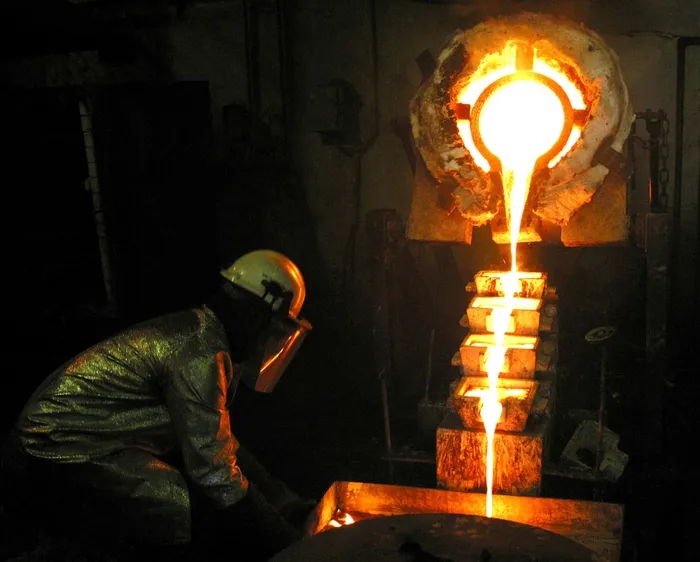SA mining output to dip in second quarter as non-energy constraints persist

Stats SA said gold production declined by 9%, pulling overall growth down by 1.3 percentage points while platinum group metals (PGMs) were down by 4.1%. REUTERS/Luc Gnago/File Photo
The Minerals Council South Africa has said that mining companies are still being hobbled by non-energy constraints although there has been no load shedding for more than 100 days.
Minerals Council’s chief economist Hugo Pienaar on Friday said this was affecting production, with output for the second quarter set to slump.
Data released by Statistics SA on Thursday showed that mining output remained flat in May following an upwards revision of 1.4% in April.
Stats SA said gold production declined by 9%, pulling overall growth down by 1.3 percentage points while platinum group metals (PGMs) were down by 4.1%.
According to Stats SA’s data, six of the 12 mineral categories included in the index contracted when compared to the same period last year.
Pienaar has thus warned of a further slump in mining output during the three months to June despite improvement in Eskom’s electricity supply.
“As it stands, mining production is projected to decline quarter on quarter in Q2, subtracting from real GDP growth,” he said.
“However, based on the incoming high-frequency data from the non-mining sectors, we expect overall real GDP to more than recover in Q2 from the 0.1% quarter-on-quarter contraction in the first quarter of 2024,” Pienaar said.
He added that during the quarter to the end of June, “non-energy constraints seem to have outweighed the positive impact on mining production of improved electricity” provision.
South Africa miners, especially the bulk commodity producers are still suffering from logistical logjams, though others have noted an improvement in Transnet port and rail services.
“These constraints include a sustained depressed PGMs price environment and ongoing logistical problems. In particular, Transnet rail and port woes remain a major hindrance for the coal and iron ore sectors,” explained Pienaar.
With gold production down by 4.6% month on month in May and PGMs also falling 11% over the same period, the Minerals Council said “this is most likely just a normalisation from an unexpectedly robust performance” in April.
“The output-level in May aligns better with the restructuring currently experienced in the PGMs sector,” it said.
The Minerals Council is now expecting PGMs output “to remain subdued for the rest of the year” though the month-on-month output for gold had come as a surprise given the absence of load curtailment and a supportive high gold price.
Nonetheless, the dip in gold production “does continue a trend observed” over many years.
Despite these trends, the gold price has “increased by more than 15% this year” while the “bullish momentum can continue due to geopolitical tensions and anticipated US rate cuts”, according to Saqib Iqbal, a financial analyst at Tradequotex.
There is stronger sentiment that the yellow metal can reach above $2 400 (R43 000) per ounce by the end of the year.
BUSINESS REPORT